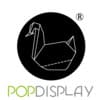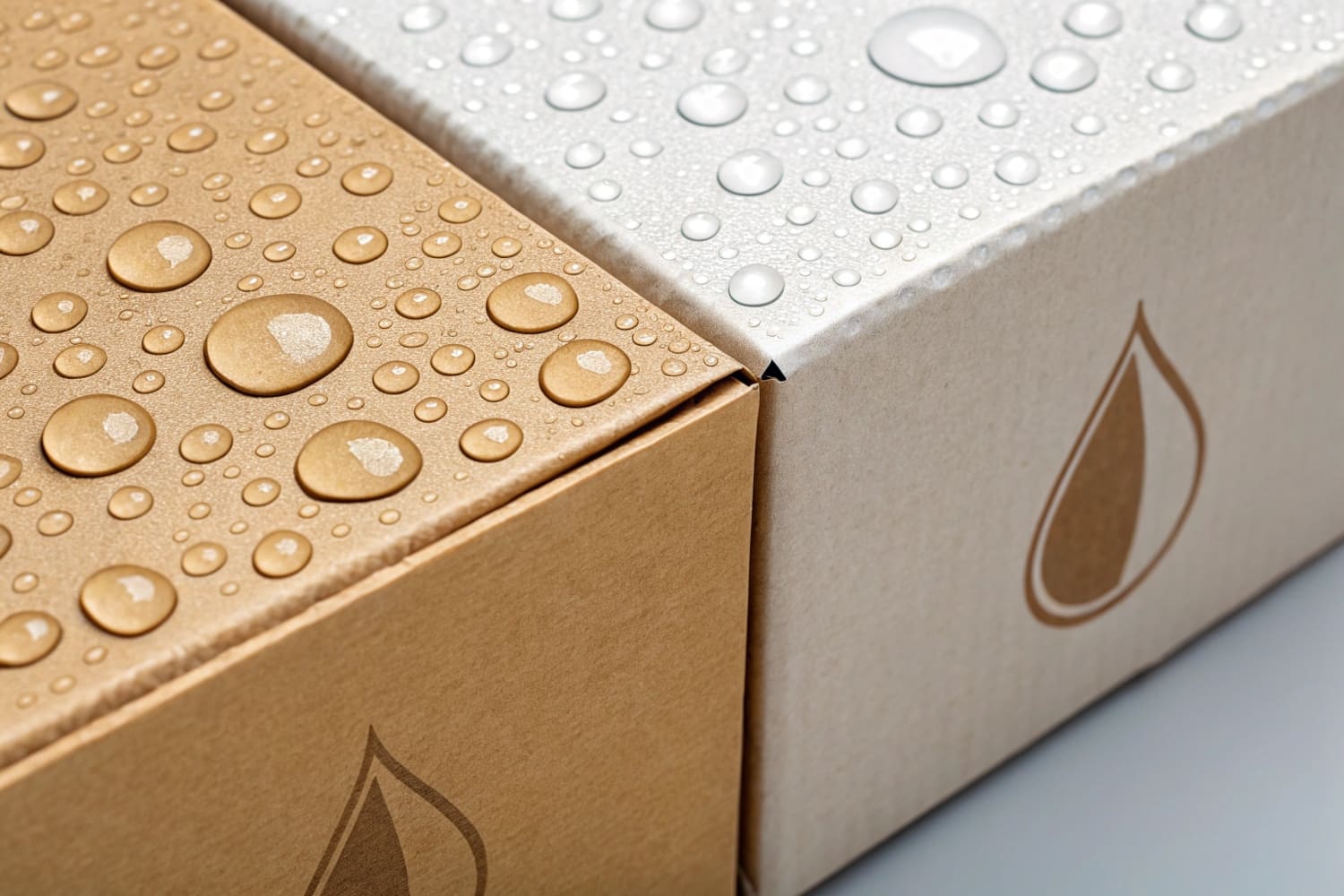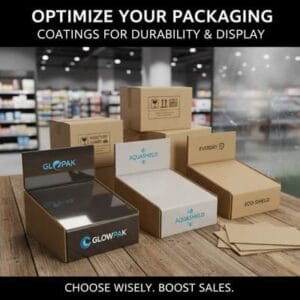Smudged prints kill shelf impact. Deadlines are tight. I use aqueous coating to lock color, speed delivery, and keep displays clean.
Aqueous coating is a water-based, fast-drying topcoat applied on press that improves rub and scratch resistance, offers gloss or matte looks, reduces odor and VOCs, and stays friendly to paper recycling.
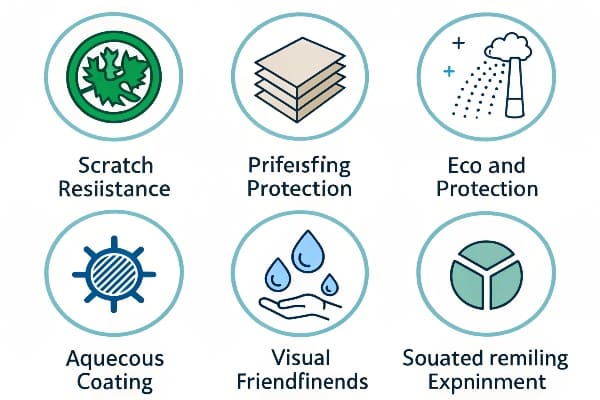
I will show what aqueous coating is, how packaging coatings compare, why PLA is different, and if “aqueous” means no plastic. I will share what works in my factory.
What is aqueous coating?
Ink can look great but still fail in stores. Hands touch. Boxes slide. Moisture hits. I add aqueous coating to cut damage, shorten lead time, and ship with confidence.
Aqueous coating is a thin, water-borne protective layer applied inline on the press; it dries fast, adds gloss, satin, or matte, improves rub resistance, and helps printed paperboard survive handling and transit.
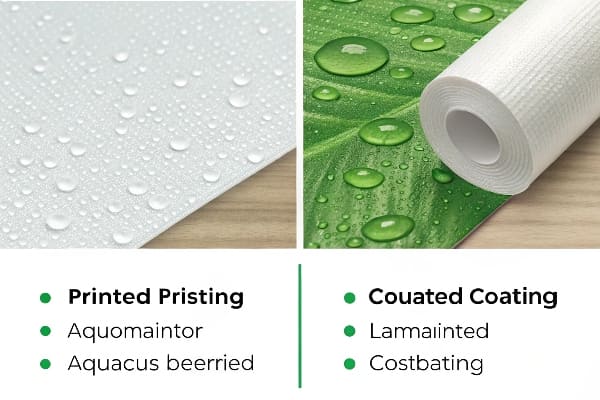
How it works, where it shines, and what to watch
Aqueous coating1 starts as a water-based liquid. It uses a dispersion of small polymer particles, plus waxes and additives. The press coater lays it down after ink. Warm air and IR drive off water. The particles fuse into a clear film. The film is very thin. It is usually microns, not tens of microns. This low build keeps paper feel and cut quality. I choose gloss for high pop in club stores. I use matte or silk when I want less glare on lifestyle photos.
I use it on folding cartons, POP displays, mailers, and sleeves. It works well on most coated paperboard. It also works on many uncoated stocks with special primers. It gives good slip and better blocking resistance for stacking. It helps against finger marks and light scuffs. It does not give a plastic-film barrier. It will not stop water like a laminate. It is a balance of speed, cost, and protection.
Common finishes2
— Gloss: strong shine and high color density
— Satin/Silk: softer shine and smooth touch
— Matte: low glare and premium look
— Soft-touch (water-based): velvety feel with careful handling
— Pencil-receptive matte: you can write on it for pricing
Quick reference table
| Aspect | What it means | Why it matters |
|---|---|---|
| Dry speed | Minutes with warm air/IR | Faster turn than laminating |
| Film build | Very thin | Keeps creasing, die-cutting clean |
| Protection | Rub, scuff, fingerprints | Better shelf life |
| Look | Gloss/matte/soft-touch | Match brand style |
| Recyclability | Generally repulpable | Easier fiber recovery |
What are packaging coatings?
Buyers need print that lasts through filling, packing, and store traffic. Coatings solve this. The choice changes cost, look, speed, and sustainability.
Packaging coatings are surface finishes that protect print and control look or function; options include aqueous, UV varnish, solvent varnish, primers, barrier coats, and laminates, each with different cost, cure, and end-of-life effects.
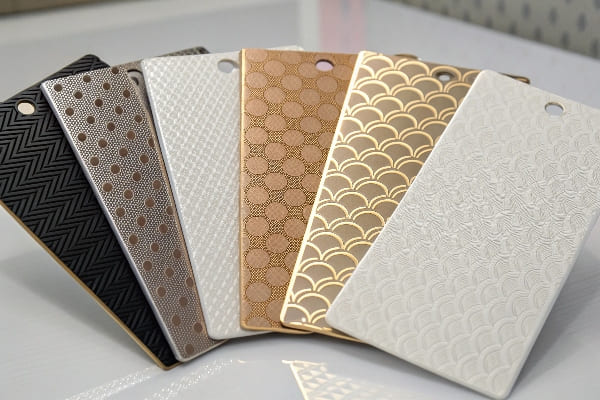
Types, use cases, and how I choose on real jobs
I group packaging coatings into two sets. The first set is liquid coats: aqueous, UV, and solvent varnish. The second set is films and specials: BOPP or PET laminate, PLA film, and water-borne barriers. Aqueous coats3 win when I need speed, low odor, and a friendly path to paper recycling. UV varnish wins when I need very high gloss and hard cure on dark solids. It cures under UV lamps in seconds. It can crack on deep scores if I pick the wrong grade. Solvent varnish is rare in my shop because of smell and rules. I still see it in niche work.
Barrier coats4 are rising. Water-borne dispersions5 can add grease holdout for food sleeves. They will not equal a full film for oxygen or water vapor. Lamination adds a film on top of print. It gives strong protection and barrier. It changes end-of-life because the film must separate in recycling. I use film when a display will live long in a store, or when heavy products rub hard.
| Coating Type | Cure Method | Look | Protection | Speed | Sustainability |
|---|---|---|---|---|---|
| Aqueous | Warm air/IR | Gloss to matte | Good rub | Fast | Repulpable, low VOC |
| UV Varnish | UV lamps | High gloss | Very high | Very fast | Mixed; depends on grade |
| Solvent Varnish | Evaporation | Varied | Moderate | Medium | VOCs; less favored |
| Water-borne Barrier | Drying | Matte | Grease/Moisture boost | Fast | Repulpable, check mill |
| Film Laminate (BOPP/PET)6 | Adhesive | Gloss/matte | Highest | Slowest | Film removal needed |
| PLA Film | Adhesive | Gloss/matte | Good barrier | Slowest | Compostable routes vary |
I run B2B display work. Timelines are tight. So I default to aqueous for most POP displays shipping to the US, Canada, the UK, and Australia. For club packs that take heavy scuff, I step up to film or add a high-slip aqueous with wax. For food sleeves, I consider a grease-resist aqueous. I confirm any food-contact claims with a test and supplier documents before I print.
What is the difference between PLA and aqueous coating?
Buyers often ask for “eco film” and “water-based coat” as if they are the same. They are not. I explain the frame first. Then I pick based on goal and end-of-life.
PLA is a bioplastic film or resin used as a separate substrate or laminate; aqueous coating is a thin water-borne topcoat on paper; PLA gives barrier like a film, while aqueous gives fast, light protection.
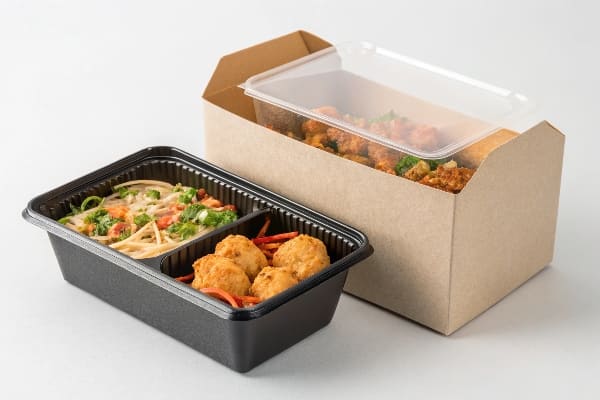
Material class, barrier, recycling, and when I choose one over the other
PLA stands for polylactic acid7. It comes from plant-based feedstocks like corn or sugar. In packaging, I see PLA as a clear film that I laminate to print, or as a window. It forms a continuous plastic layer. It adds scuff resistance and real barrier. It can support clarity for product windows. It needs the right composting route to break down well. Many municipal systems do not accept it widely today. It can also complicate paper recycling when it stays bonded to board.
Aqueous coating is different. It is a water-borne liquid that dries to a thin film right on the paper surface. It uses far less material by weight. It adds rub resistance and look control. It does not add strong water vapor or oxygen barrier. It stays friendly to most paper recycling streams8 because the layer is very thin and designed to disperse.
I choose PLA film when a package or display needs high barrier9 or long life. I also choose it for clear windows that protect product. I choose aqueous when I need fast turns, good print pop, and a clean recycling story. I also use aqueous as a primer under film to improve bond when needed.
| Factor | PLA (Bioplastic Film) | Aqueous Coating (Water-based) |
|---|---|---|
| Form | Separate plastic film layer | Thin topcoat on paper |
| Protection | Very high, adds barrier | Moderate, rub/scuff |
| Dry/Cure | Adhesive lamination | Warm air/IR dry |
| Speed | Slower (extra process) | Fast, inline |
| End-of-life | Compostable routes vary; can hinder fiber recovery if not removed | Generally repulpable; check mill guidance |
| Cost | Higher | Lower |
Does aqueous coating contain plastic?
People hear “water-based” and think no plastic. The truth is more nuanced. The carrier is water. The solids often include polymer.
Most aqueous coatings use water as a carrier and include polymer binders (such as acrylic or polyurethane dispersions) and wax; after drying, a very thin polymer film remains on the paper.
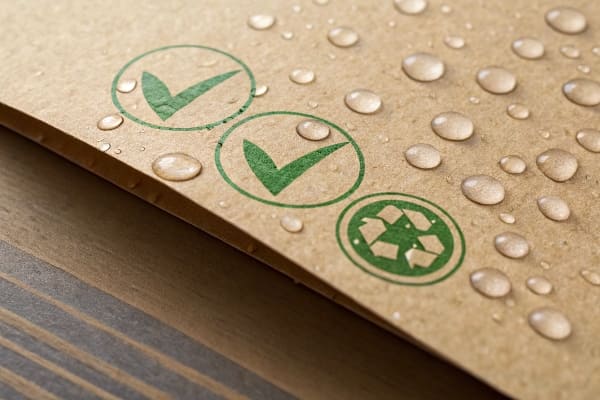
What is inside, what that means for sustainability, and how I set claims
Aqueous coating usually contains water, a polymer dispersion, small wax particles, and additives that control slip and foam. The polymer is often an acrylic, styrene-acrylic, or polyurethane dispersion. When the water leaves, the polymers fuse into a thin film. The film is plastic in the broad sense because it is a synthetic polymer. But the layer is extremely thin compared to laminates. It is measured in microns. It is also made to break down in the paper repulping step. This is why mills often accept it in mixed paper streams. I still confirm with the target recycler, because rules change by region.
Some suppliers promote “plastic-free10” or “bio-based” aqueous coats. These use natural binders, starch, or mineral systems. They can cut polymer content. They may trade some rub resistance or water holdout. I run trials before I commit. I avoid broad green claims. I ask for test data, third-party notes, and clear limits. I also align claims with the buyer’s region. My rule is simple. I tell the truth about what is in the coating and how thin it is. I pair that with a real recycling plan.
| Topic | Typical Aqueous Coat | What I tell buyers |
|---|---|---|
| Carrier | Water | Low odor, low VOC |
| Binder | Acrylic/PU dispersion | Yes, a polymer remains after dry |
| Additives | Wax, defoamer, slip | Tuned for stacking and touch |
| Layer thickness | Microns | Much thinner than film |
| Recycling | Usually repulpable | Confirm with mill in target market |
| Claims | Some bio-based options | Test, then claim with proof |
Conclusion
Aqueous coating gives fast protection and a clean look. PLA film gives strong barrier and long life. I pick based on use, timeline, and end-of-life goals, then I test.
Explore this link to understand the benefits and applications of aqueous coating in the printing industry. ↩
Discover the various printing finishes and their unique features to enhance your projects. ↩
Find out why aqueous coats are favored for their speed and eco-friendliness in packaging. ↩
Explore the benefits of barrier coats in packaging to enhance product protection and sustainability. ↩
Learn about water-borne dispersions and how they improve packaging performance and sustainability. ↩
Discover the advantages of Film Laminate in packaging for durability and protection. ↩
Explore this link to understand the benefits and uses of PLA in sustainable packaging solutions. ↩
Gain insights into how various packaging materials are recycled and the importance of recycling streams. ↩
Discover the significance of high barrier materials in preserving product quality and extending shelf life. ↩
Exploring plastic-free options can lead to more sustainable choices in packaging, reducing environmental harm and promoting eco-friendly practices. ↩
